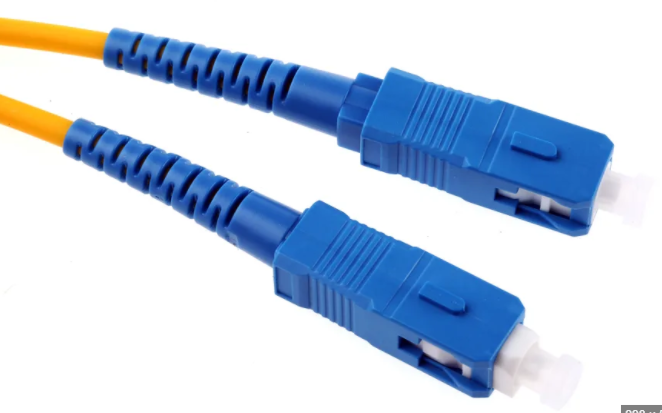Oufu Optical Fiber Cable Co.,Ltd
Address: Shenyang, Liaoning, China
Contact person: Manager Zhang
Phone: 400-964-1314
Mobile phone: +86 13904053308
【whatsapp && wechat】
2024-06-17 3825
Fiber Optic to Ethernet Conversion Tutorial: Achieving High-Speed Network Connectivity with Ease
In the modern era of digital communication, high-speed and reliable network connectivity is essential for both personal and business use. Fiber optic cables, known for their exceptional data transmission capabilities, are often used for long-distance and high-bandwidth applications. However, integrating fiber optic cables into an existing Ethernet network can be challenging. This tutorial will guide you through the process of converting a fiber optic connection to Ethernet, allowing you to easily achieve high-speed network connectivity.
www.adsscable.cn

Step 1: Understand the Basics
Before beginning the conversion process, it's important to understand the fundamentals of fiber optic and Ethernet technologies. Fiber optic cables transmit data using light signals, while Ethernet uses electrical signals. To bridge this gap, you'll need a fiber optic to Ethernet converter, which will translate the light signals from the fiber optic cable into electrical signals compatible with your Ethernet network.
Step 2: Acquire the Necessary Equipment
To perform the conversion, you'll need a fiber optic to Ethernet converter. These converters are available in various models and specifications, so choose one that matches your specific needs. Consider factors like bandwidth requirements, fiber type compatibility, and the number of ports required.
Step 3: Connect the Fiber Optic Cable
Begin by connecting one end of the fiber optic cable to the input port of the converter. Ensure that the cable is securely fastened and the connection is stable. Most converters have an SC, LC, or ST connector type, so make sure your cable matches the converter's input port.
Step 4: Connect the Ethernet Cable
Next, take an Ethernet cable and connect it to the output port of the converter. The other end of the Ethernet cable should be connected to your Ethernet switch, router, or directly to your device, depending on your network setup.
Step 5: Configure the Converter
Some converters may require configuration before they can operate effectively. Refer to the converter's user manual for specific instructions on how to configure it according to your network settings. This may include setting the IP address, subnet mask, and other network parameters.
Step 6: Test the Connection
Once everything is connected and configured, it's time to test the connection. Power on the converter and check the status lights to ensure it's operating correctly. Then, try accessing the internet or pinging other devices on your network to verify connectivity.
Conclusion
Converting a fiber optic connection to Ethernet is a straightforward process that can significantly enhance your network's speed and reliability. By following the steps outlined in this tutorial and choosing the right equipment, you can easily achieve high-speed network connectivity, enabling无缝 communication and data transfer within your local area network. Remember to always refer to the manufacturer's instructions and seek professional assistance if needed.